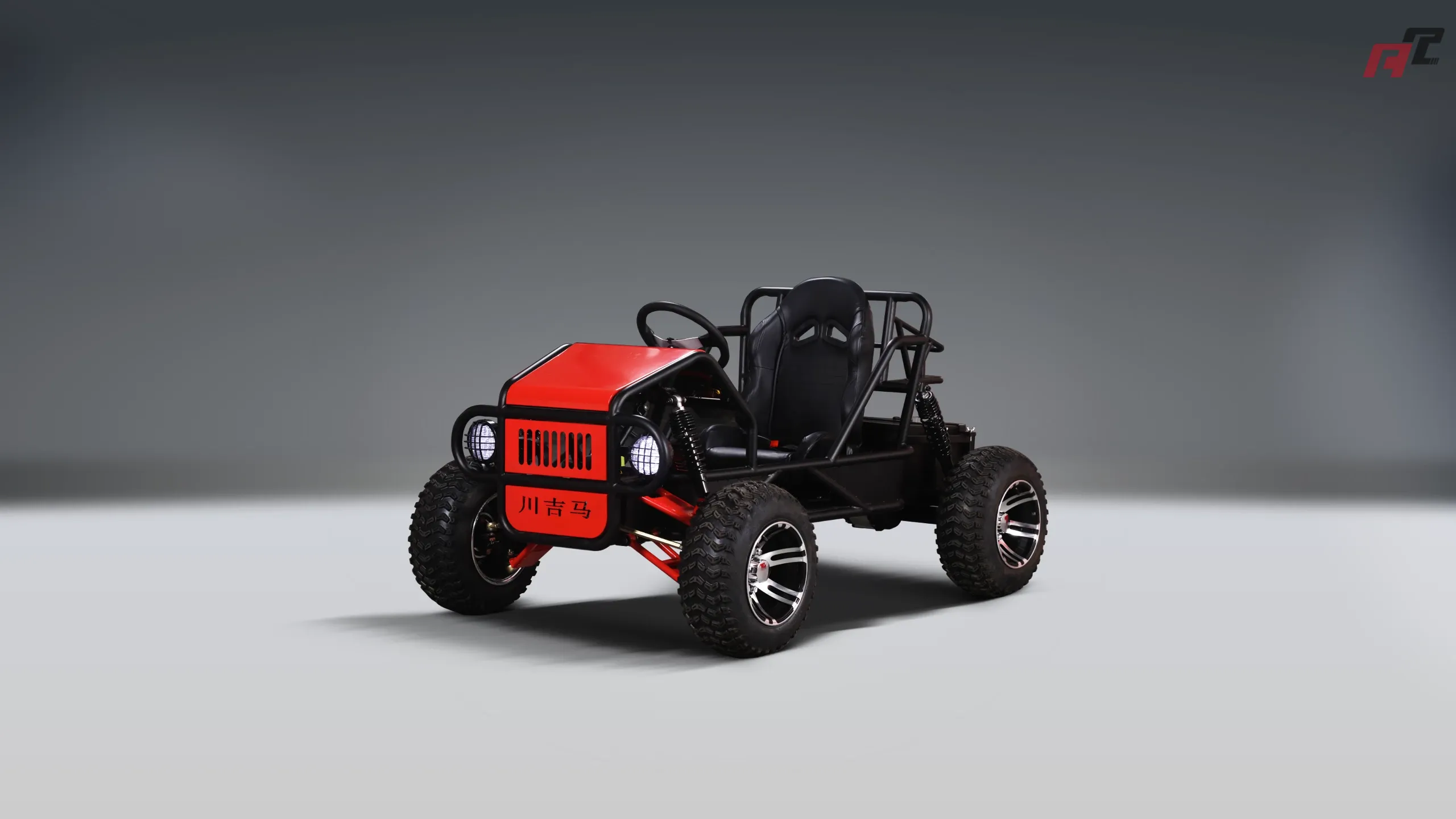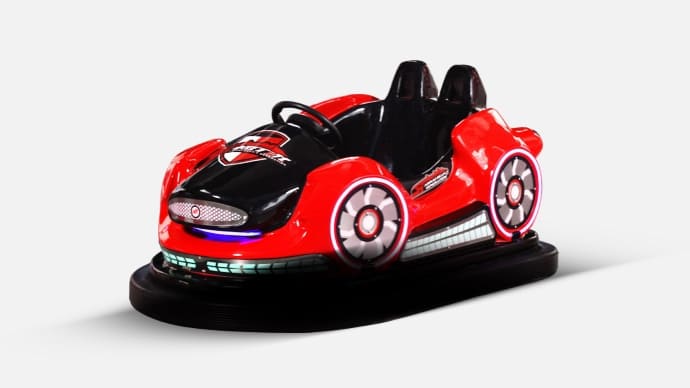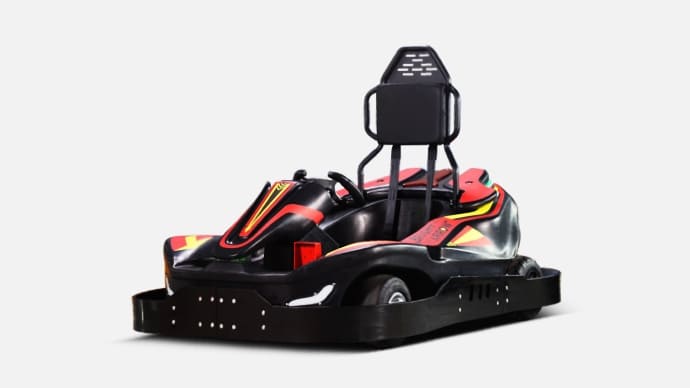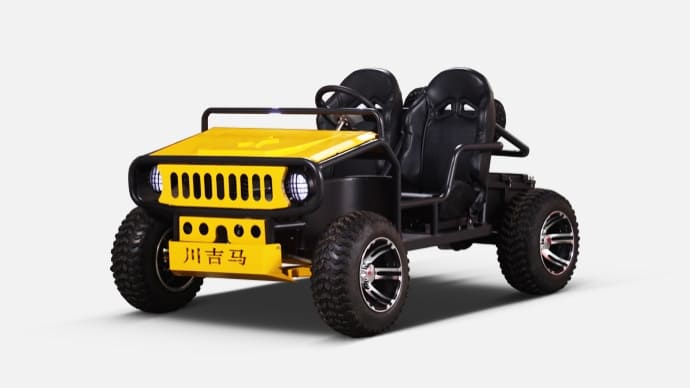Sourcing Reliable Battery Bumper Car Manufacturers and Suppliers
- How to Source Reliable Battery Bumper Car Manufacturers
- Why supplier selection matters for battery bumper cars
- Key criteria to evaluate manufacturers
- 1. Technical capability and product range
- 2. Manufacturing capacity and lead times
- 3. Certifications and compliance
- 4. Battery technology and electrical safety
- Battery chemistry comparison: choose what fits your venue
- Quality assurance and testing to demand
- Factory testing and inspection
- Warranty and spare parts support
- Commercial and contract considerations
- Pricing models
- Lead times and minimum order quantities (MOQs)
- What to check during a factory visit or virtual audit
- Red flags when evaluating suppliers
- Comparing total cost of ownership (TCO)
- Case-in-point: Why a manufacturer like ANCHI Amusement matters
- How to structure a pilot order
- Negotiation tips and contract essentials
- Practical checklist for sourcing battery bumper car manufacturers
- Frequently Asked Questions (FAQ)
- Q1: What is the best battery type for commercial battery bumper cars?
- Q2: How long does a battery bumper car run on a single charge?
- Q3: What certifications should I request?
- Q4: How do I handle spare parts and maintenance?
- Q5: Are there safety features I should insist on?
- Q6: How can ANCHI Amusement help with my project?
- Final recommendations
How to Source Reliable Battery Bumper Car Manufacturers
Sourcing a dependable battery bumper car manufacturer requires technical checks, on-site verification, and commercial due diligence. This guide helps buyers—park owners, operators, and equipment resellers—evaluate manufacturers and suppliers so you get safe, long-lasting, and cost-effective battery bumper cars. The term battery bumper car will be used throughout to emphasize commercial and product relevance.
Why supplier selection matters for battery bumper cars
Battery bumper cars combine mechanical systems, electrical systems, and safety design. A poor supplier choice can lead to frequent downtime, safety incidents, higher lifecycle costs, and reputational damage. Prioritize manufacturers who demonstrate engineering competence, robust quality control, and transparent after-sales support.
Key criteria to evaluate manufacturers
1. Technical capability and product range
Check whether the manufacturer offers a full range of battery bumper cars and related products (e.g., inflatable bumper cars, drift bumper cars, children’s electric karts). A broader product range usually indicates deeper R&D and production experience. Important technical indicators include:
- In-house R&D team and test facilities.
- Experience with brushless motors, controllers, and battery management systems (BMS).
- Customization capabilities for seat belts, restraint systems, lighting, and themed designs.
2. Manufacturing capacity and lead times
Confirm production area, number of assembly lines, and typical lead times. For example, a mid-size manufacturer may operate several thousand square meters and multiple lines to maintain steady output. ANCHI Amusement operates over 5,000 sqm of production space and multiple assembly lines, which supports consistent delivery and customization.
3. Certifications and compliance
Essential certifications and standards to request or verify:
- ISO 9001 (quality management).
- CE marking for European market access and conformity with relevant EN standards for amusement devices (manufacturers should reference applicable EN standards during technical discussions).
- Battery transport and safety standards: UN 38.3 for lithium battery transport, and IEC standards relevant to battery chargers.
- RoHS/REACH for electronic components where applicable.
4. Battery technology and electrical safety
Battery choice strongly affects safety, performance, operating cost, and maintenance. Typical options in battery bumper cars are lead-acid (including AGM) and lithium iron phosphate (LiFePO4). Key factors to verify:
- Nominal system voltage (commonly 36V–72V depending on design).
- Battery capacity and expected runtime under typical duty cycles.
- Cycle life and warranty terms (LiFePO4 often delivers >2000 cycles; lead-acid deep-cycle typically 300–800 cycles depending on maintenance).
- Battery Management System (BMS) presence and protection features (overcharge, over-discharge, cell balancing).
Battery chemistry comparison: choose what fits your venue
Below is a practical comparison of common battery chemistries used in battery bumper cars. Use this to balance upfront cost vs lifetime performance.
| Attribute | Lead-Acid (Flooded/VRLA) | AGM | LiFePO4 (Lithium) |
|---|---|---|---|
| Upfront cost | Low | Moderate | High |
| Cycle life | 300–800 cycles | 400–1,000 cycles | 2,000–4,000+ cycles |
| Weight | Heavy | Heavy | Light |
| Maintenance | Requires maintenance (flooded) | Low | Minimal |
| Safety | Stable but can vent if abused | Stable | Very stable chemistry (thermal stable), requires certified BMS |
| Operating cost (lifetime) | Higher due to replacements | Moderate | Lower over lifetime |
Quality assurance and testing to demand
Factory testing and inspection
Ask for documented QA procedures and test reports. Important tests include:
- Full electrical tests for motor, controller, and battery under load.
- Bump and collision tests to ensure structural integrity of chassis and bumpers.
- Ingress protection (IP) and corrosion resistance tests for marine or humid environments.
- Endurance testing simulating daily commercial use (several hundred hours).
Warranty and spare parts support
Verify clear warranty terms and spare parts availability. Typical expectations:
- 1–2 year warranty on structural components and electronics, longer on batteries depending on chemistry and usage agreement.
- Fast access to critical spares (motors, controllers, BMS modules, charger units) within 1–2 weeks.
- Optional extended service and maintenance contracts.
Commercial and contract considerations
Pricing models
Manufacturers typically price by unit with optional add-ons for customization, shipping, and installation. When evaluating quotes, compare:
- Standard product price vs. custom design cost.
- Included accessories (chargers, spare fuses, seat belts) vs. optional extras.
- Shipping terms: FOB, CIF, or DDP—know who handles customs and inland logistics.
Lead times and minimum order quantities (MOQs)
Confirm realistic lead times and minimum orders. Good suppliers will provide phased deliveries or stock units for immediate needs. For high-season venues, align production schedules 3–6 months in advance.
What to check during a factory visit or virtual audit
Whether visiting in person or doing a virtual audit, use a checklist to validate claims:
- Production floor tour: observe assembly flows and cleanliness.
- Sample inspections: request units to test under your typical load conditions.
- Documentation: R&D records, QA reports, electrical schematics, and test certifications.
- After-sales capability: spare parts inventory, technical support staff, and training resources.
Red flags when evaluating suppliers
- No verifiable certifications or evasive about test reports.
- Unclear warranty terms or refusal to commit in writing.
- No spare parts availability or long lead time for replacements.
- Inconsistent sample quality vs. production units.
- Vague answers about battery chemistry, BMS features, or electrical protection.
Comparing total cost of ownership (TCO)
Upfront price is only part of the story. Ensure quotes include estimates for:
- Expected battery replacement intervals and cost.
- Routine maintenance and consumables (fuses, belts, bumpers).
- Energy costs and charging infrastructure.
- Downtime costs and service response times.
Case-in-point: Why a manufacturer like ANCHI Amusement matters
ANCHI Amusement is one of the leading manufacturers in China and an example of a supplier structured to meet commercial operator needs. Key credentials:
- Integrated electric amusement vehicle enterprise covering bumper cars, go-karts, off-road vehicles, R&D, production, sales, and after-sales service.
- Production space over 5,000 square meters and multiple assembly lines supporting steady delivery and custom projects.
- Team of over 30 skilled technicians delivering continuous product development and technical support.
- Wide product range: inflatable, laser battle, drift bumper cars, adult and children’s karts and off-road vehicles, plus venue design and turnkey solutions.
- Complete venue design capabilities—from concept to execution—helping buyers deploy branded attractions efficiently.
For more about their capabilities, visit: https://www.anchiamusement.com/
How to structure a pilot order
Before committing to large volumes, follow a staged procurement approach:
- Sample unit: order 1–3 demo units for on-site testing.
- Pilot batch: 5–10 units to validate operational logistics and maintenance workflows.
- Full order: scale to full production after initial feedback and contract terms are finalized.
Negotiation tips and contract essentials
Include the following in contracts to protect your investment:
- Clear technical specification annexes (battery specs, motor power, charging time, seat restraints).
- Acceptance testing criteria and sign-off procedures.
- Warranty coverage details with remedies and spares lead time commitments.
- Payment milestones tied to production stages and independent inspection.
- Penalties or remedies for late delivery or failure to meet acceptance tests.
Practical checklist for sourcing battery bumper car manufacturers
Use this quick checklist when contacting suppliers:
- Do they offer LiFePO4 as an option and a documented BMS?
- Can they provide ISO and CE documentation and relevant test reports?
- What is their production capacity and typical lead time?
- Do they offer spare parts inventory and after-sales support?
- Are warranty terms clearly documented?
- Can they deliver a pilot batch for field testing?
Frequently Asked Questions (FAQ)
Q1: What is the best battery type for commercial battery bumper cars?
A1: LiFePO4 (lithium iron phosphate) is widely recommended for commercial venues because it offers a long cycle life (commonly 2,000+ cycles), lighter weight, lower maintenance, and better long-term cost despite higher upfront expense. Lead-acid remains common in budget-sensitive projects but requires more maintenance and more frequent replacement.
Q2: How long does a battery bumper car run on a single charge?
A2: Runtime depends on battery capacity, system voltage, vehicle weight, and duty cycle. Typical runtimes range from 2 to 8 hours in commercial settings. Manufacturers should provide runtime estimates under your expected load profile.
Q3: What certifications should I request?
A3: Request ISO 9001, CE documentation, and any test reports related to ride safety and electrical systems. For batteries, ask for UN 38.3 for transport and manufacturer test reports for the battery cells and BMS performance.
Q4: How do I handle spare parts and maintenance?
A4: Ensure the supplier provides a clear spare parts list with lead times and recommended stocking levels. Consider service contracts or training for your maintenance staff. Prioritize suppliers with local or regional spare parts distribution.
Q5: Are there safety features I should insist on?
A5: Yes. Insist on a certified BMS, overcurrent protection, emergency cut-off switches, secure seat restraints, robust bumpers, and clear operator training materials. Also check for ingress protection (IP) levels suitable for the venue environment.
Q6: How can ANCHI Amusement help with my project?
A6: ANCHI provides manufacturing, customization, and full venue design solutions. With 5,000+ sqm of production, multiple assembly lines, and a team of experienced technicians, they support sample orders, pilot batches, and full-scale deliveries plus after-sales service. Visit https://www.anchiamusement.com/ for details.
Final recommendations
Sourcing reliable battery bumper car manufacturers requires balancing technical, commercial, and safety considerations. Prioritize suppliers who can document testing, provide spare parts and warranty commitments, and support pilot testing. Suppliers with strong R&D and production capacity—like ANCHI Amusement—can reduce risk and accelerate venue deployment. Use staged procurement, insist on clear contract clauses, and choose the battery chemistry that fits your operating budget and long-term goals.
Want tailored sourcing assistance? Reach out to vetted suppliers, ask for sample units, and run a short pilot before scaling to full orders.
Wholesale electric go kart denver manufacturer and supplier
Wholesale bumper car kids manufacturer and supplier
OEM/ODM high speed electric go kart Manufacturers and supplier in China
What are the Different Types of Go-Karts? Discover with ANCHI
About Logistics
How to track my order?
You can track your order through our sales manager, and learn about the logistics status and delivery progress of your order at any time.
After Sales Support
How to contact your after-sales customer service team?
You can contact our after-sales customer service team through the contact information provided by our sales manager, and we will provide you with timely help and support.
What are the working hours of your after-sales support team?
Our after-sales support team will respond to your inquiries and questions as soon as possible within working days to ensure that you can receive satisfactory solutions and support in a timely manner.
About Product Choice
What is the difference between different products?
Different products have different sizes, functions, and appearances, as well as the sense of experience, crowd use, and venue needs. Please choose according to your venue and suitable audience.
About Customized Service
Can I order customized services?
Yes, you can book customized services through our official website or contact information, and our sales team will serve you wholeheartedly.

Cyclone RS 2025 1200W Electric Go-kart for Home Entertainment Centers
The Cyclone RS 2025 is a high-performance electric ride-on car designed for thrill-seekers, entertainment centers, and commercial amusement businesses. Built with a durable ABS body and reinforced metal chassis, it combines strength, safety, and speed for a superior driving experience. With a 1200W mid-mounted motor (peaking at 3600W), advanced control system, and long-lasting 72V20AH LiFePO₄ battery, this ride ensures both powerful performance and reliability.
Whether for amusement parks, game zones, rental businesses, or personal recreational use, the Cyclone RS 2025 delivers unmatched excitement and durability.

Kids Electric Off Roads One-seater ATV
Discover adventure with the ANCHI Kids Electric One-seater ATV, the perfect electric off-road experience for young explorers. Designed for safety and performance, this electric off-road go kart for kids offers unmatched thrills on any terrain. Its durable build and easy-to-use controls ensure a fun and safe ride. Ideal for budding adventurers, this ATV promises endless excitement. Explore the world with confidence with ANCHI’s innovative electric off-road solutions for kids.

Battery Drift Bumper Car With inflatable tyre
The Battery Drift Bumper Car with Inflatable Tire with 650W steel gear motor, and high quality battery wich can becharged outside the car, the bumper car is ideal for amusement parks, family entertainment centers, build quality for safe, long-lasting fun.

Spaceship Laser Battle Bumper Car
Discover the future of fun with the ANCHI Spaceship Laser Battle Bumper Car! Designed for thrill-seekers, this kids bumper car offers an exhilarating laser battle experience. Parents and children alike will enjoy hours of safe, exciting play. Ideal for parties or everyday fun, it combines durability with innovative technology.










